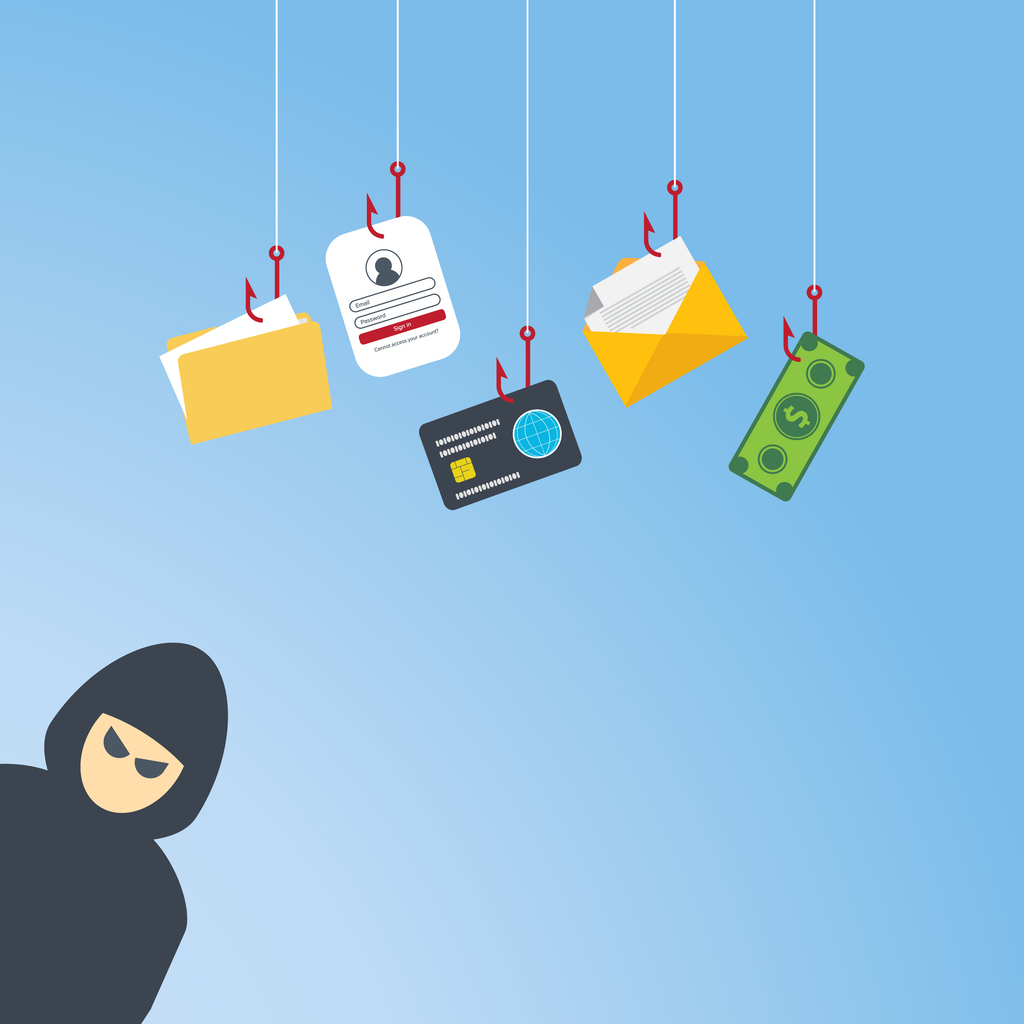Financial transactions are more comfortable now, but they are also more susceptible to protection risks. Identity theft and phishing methods are only two examples of ongoing and varying threats. There are helpful steps you can take to protect your important assets and financial trades. This thorough instruction will help you achieve this important activity.
Understanding Financial Security Threats
Understanding the kinds of safety risks you could run into is required before you start taking action:
- Phishing Emails: These emails are created to fool you into providing personal information.
- Identity Theft: This is when somebody illegally obtains and uses your personal information.
- Malware: This software can rob your data or close you out of your systems.
These risks can cause compromised data, heavy financial loss, and sometimes legal repercussions. Protecting your financial information is essential rather than just a choice.
Basic Security Measures
It's vital to begin with the basics regarding economic safety. These first steps can be easy, but they lay the groundwork for additional methods. These are some necessary steps that everyone needs to take right now to improve the security of their financial transactions. According to a report by Javelin Strategy & Research, theft involved 13 million Americans in 2019, resulting in $16.9 billion in losses.
Strong, Unique Passwords
One of the most basic steps in securing your financial trades is building strong, individual passwords for your accounts. Follow these tips:
- Use a mix of letters, numbers, and different characters.
- Avoid using easily guessable information like birthdays.
- Employ different passwords for different accounts.
Two-Factor Authentication (2FA)
By using two different kinds of verification before granting access to your account, two-factor authentication offers an extra degree of protection. The chance of unwanted access is greatly decreased by doing this.
Regular Software Updates
It is essential that you update your operating systems and applications. Security patches that guard against recently identified vulnerabilities are frequently included in these updates.
Advanced Security Techniques
After you've grasped the fundamentals, it's time to apply more sophisticated security strategies. By adding an extra degree of security, these techniques greatly increase the difficulty for hackers to compromise your financial transactions. Here are a few advanced techniques to further improve your security.
Encryption
Encryption transforms your data into a coded form that can simply be accessed by individual with the decryption key. Encrypt exposed data to make it unreadable to unauthorized users.
Virtual Private Networks (VPNs)
A VPN secures your internet connection, making it harder for hackers to intercept your data. Choose a reliable VPN service to protect your online transactions.
Firewalls and Antivirus Software
Firewalls act as a wall between your devices and malicious traffic. Combined with antivirus software, they offer robust protection against various cyber threats.
Best Practices for Online Transactions
To further bolster your financial security, it's essential to adopt best practices specifically tailored for online transactions. These practices minimize vulnerabilities and ensure your financial activities remain confidential and safe. Here are some key habits to incorporate into your online financial management routine.
Secure Websites
Always ensure that the websites you use for financial transactions are secure. Look for HTTPS in the URL and a padlock hero in the address bar. Avoid conducting transactions on non-secure websites.
Monitoring Financial Accounts
Regularly review your account information and transaction history. Setting up alerts for questionable activity can help you catch and address issues quickly.
Avoiding Public Wi-Fi
Conducting financial transactions over public Wi-Fi networks exposes you to significant risks. Use mobile data or a secure, private Wi-Fi network instead.
Protecting Financial Information
Securing your financial transactions also involves properly managing and safeguarding your financial information. Mishandling sensitive data can leave you vulnerable to identity theft and other types of fraud. Here are some crucial steps for protecting your financial information, both physically and digitally.
Safe Storage of Financial Information
Store financial information in encrypted storage solutions and avoid keeping sensitive data in readily accessible places.
Shredding Documents
Physical and financial documents should be shredded to prevent unauthorized access. For digital files, use secure deletion methods to ensure they are entirely erased.
Educating Yourself and Employees
Staying informed about the latest safety threats is essential. Provide regular security training sessions for employees to foster a culture of vigilance.
Responding to a Security Breach
Despite taking all the necessary precautions, there's always a possibility that a security breach might occur. How you respond in the near aftermath can significantly impact the extent of the damage and your recovery process. Here are the critical steps to take to deal with a security breach.
Immediate Actions
If you suspect a breach, take immediate steps to secure your accounts. Contact your financial organizations and monitor your accounts for unusual activity.
Reporting the Breach
Report the breach to the appropriate authorities and document all actions taken to address the issue. This can include notifying banks, credit agencies, and legal authorities. It's also important to gather all relevant documents and communications, such as a bank account confirmation letter, which can serve as evidence when negotiating with your bank or financial service provider.
You can find this letter at Lawrina — this platform offers a variety of legal templates and resources that can help you document and manage these situations effectively. Their documents and templates are designed to assist individuals and businesses in maintaining robust documentation practices, ensuring you have all the necessary paperwork in place when dealing with financial breaches.
Implementing Preventive Measures
After a breach, revise your security policies and enhance protocols to prevent future incidents. Continuous improvement is key to maintaining robust security.
Conclusion
Securing your economic transactions is an endless process that requires vigilance and proactive measures. By understanding the threats and implementing both basic and advanced security techniques, you can significantly reduce your risk. Regularly review and update your security practices; don't hesitate to educate yourself and your team.











